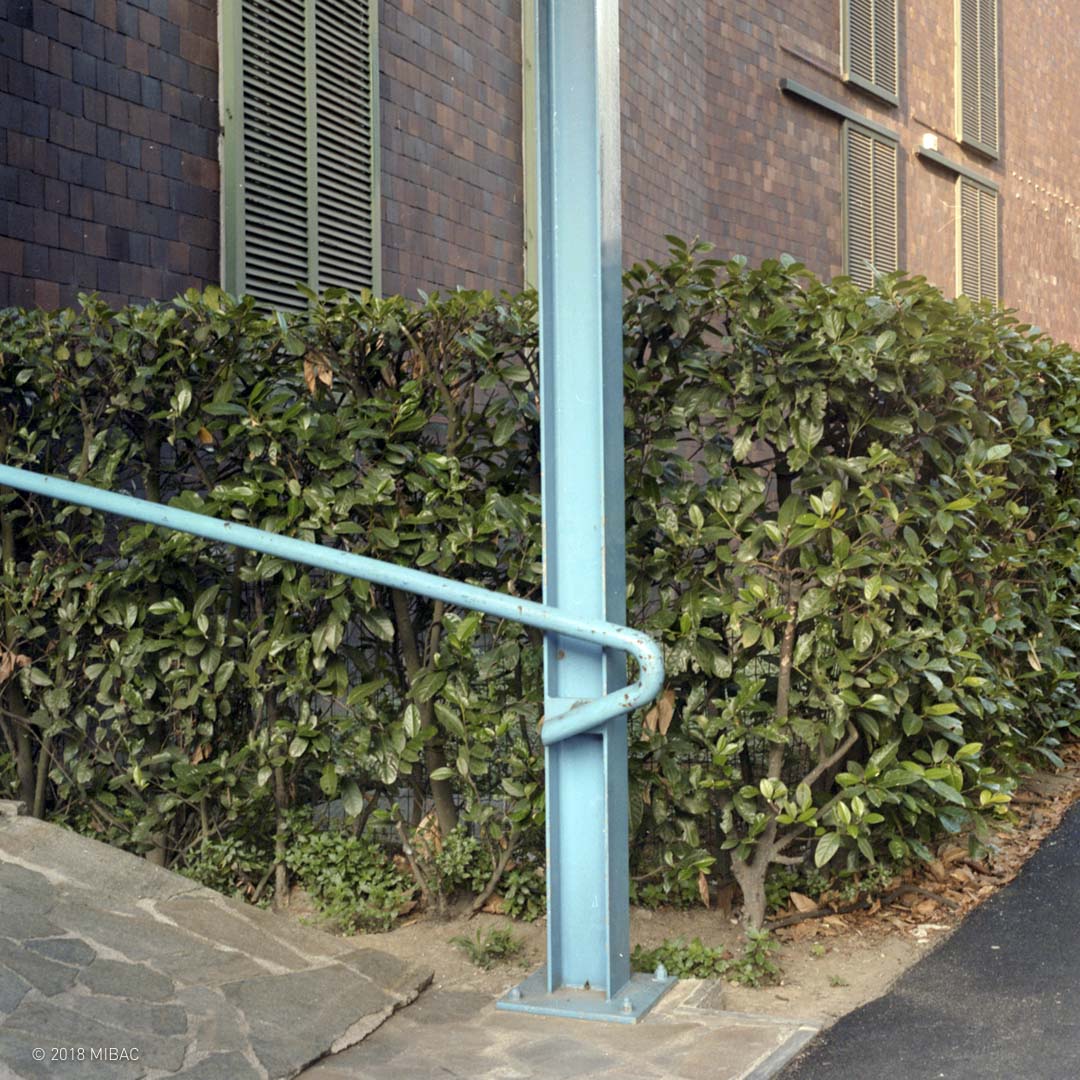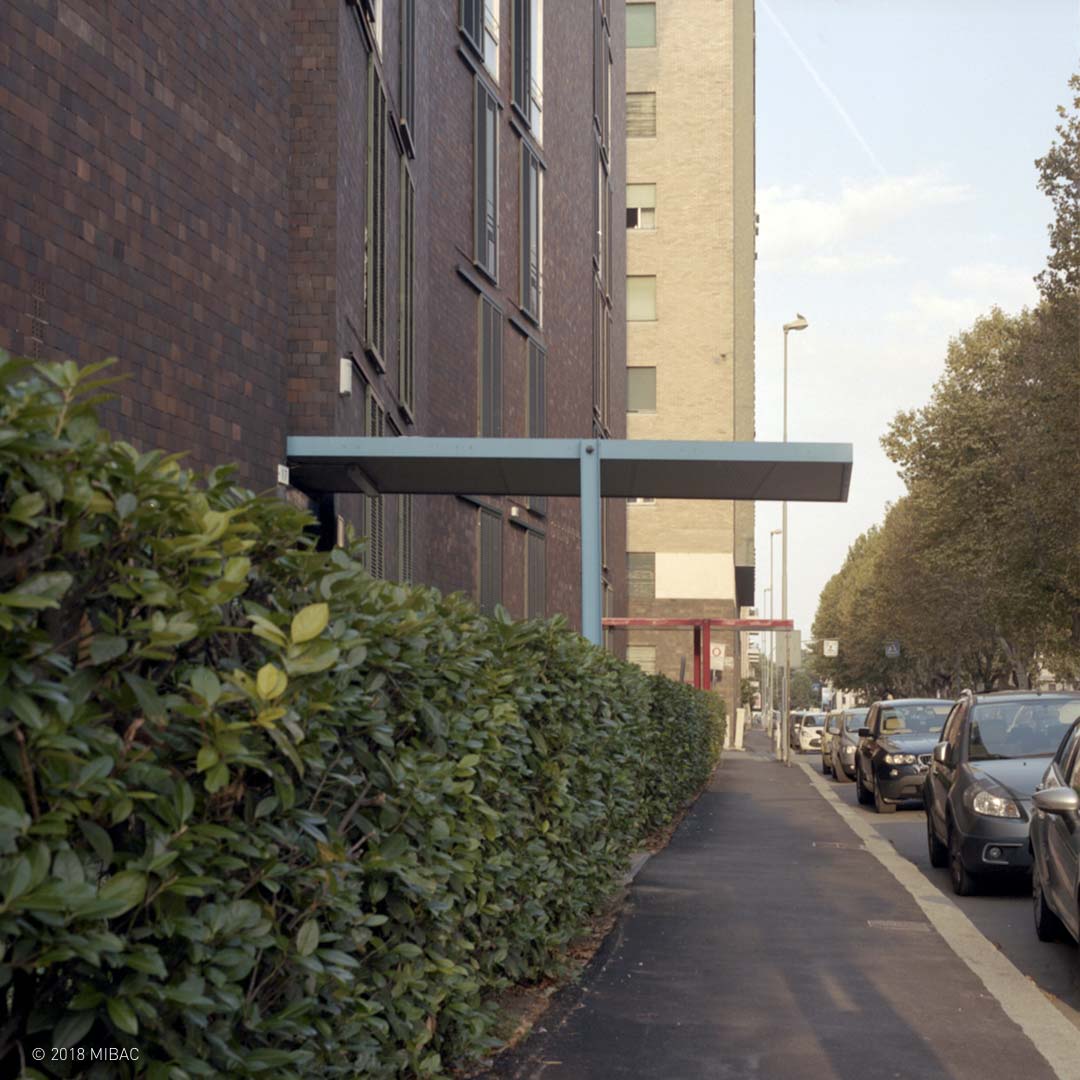Place: Alessandria, Corso Teresio Borsalino, 17
Author: Ignazio Gardella
Chronology: 1947 | 1952
Itinerary: Building houses, making cities
Use: Apartment block

Situated in an area just outside the center of Alessandria, the house designed by Ignazio Gardella was built after World War II by the ‘Borsalino’ hat factory for their employees. It is one of the most successful examples of experimentation on the theme of the “casa alta”, thanks to the coherent and almost classical composure of the architectural language, to the control of the detail and to the great strength of the overall image.

The external perimeter’s discontinuous and segmented appearance is dictated by the intention to mark the accesses through vertical cuts at full height and to contain the thickness of the building in correspondence with the living rooms. This idea arises, according to modernist logic, from the distribution of the interior space.


The entry openings, at the point of maximum advance of the façade towards Corso Teresio Borsalino, are protected by light metal shelters, slightly lowered. Supported by thin iron profiles, which frame exactly the access gates to the two staircases, the cantilevered roof “invades” the space of the sidewalk allowing complete protection for those arriving by car. The roofs’ horizontal signs elegantly contrast with the verticality and the limited width of the vertical slits of the façade, from the inner sides of which the stairs receive light.

The northern front on Corso Borsalino, uniformly covered in small square tiles of brown klinker in different shades, has full-height openings, from floor to ceiling, with fixtures on the outside and sliding shutters along the external façade. This treatment accentuates the verticality of the building, which appears extremely thin and slender.


The building roof, which reveals a narrow structural span, is supported by cantilevered beams two meters from the façade. The connection to the sky is therefore the formal interpretation of a roof that covers the building like a light sail, almost independent from the volume.

